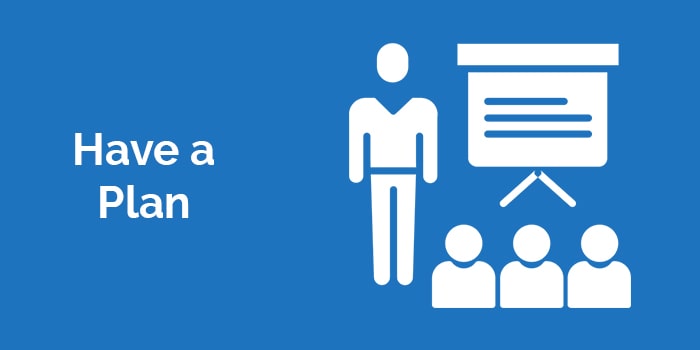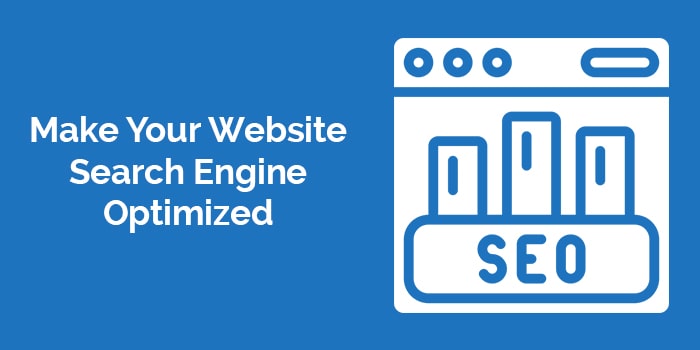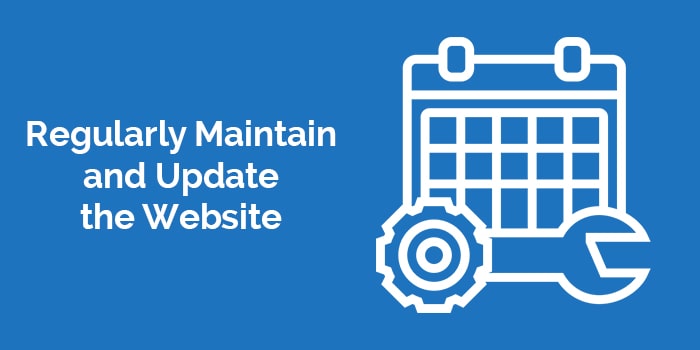In today’s age of digitization, any business size (starting out, well-established, or in the in-between) should possess a dedicated website for greater consumer outreach. In fact, if you don’t have a website for your small business, then you are lagging behind from your competitors.
The Importance of Having a Website
- According to statistics, an average internet user spends about 6 hours and 42 minutes on the net on a daily basis.
- Almost two-thirds of entrepreneurs have taken their small businesses online.
- About 97 percent of shoppers engage in an online search to look for any local service provider or business.
- Prior to patronizing any business, 81 percent of consumers do an internet search.
- 88 percent of shoppers who engage in online search, patronize a business within a day’s time in looking for it.
- In the year 2018, mobile e-commerce alone brought in almost half of all the online revenues.
- Customers like to devote a substantial portion of their time on the internet to research companies to invest in their products or services. Hence, in the absence of a proper e-commerce site, you are literally handing over the business to your competitors who have their own websites.
- You can start with low-cost, quick options like an Etsy story or a Facebook business page for your company. Yet, these sites would just create a ripple for you in the massive ocean of e-commerce. So, to have a more profound presence and have greater control over your design and content, you would require a dedicated business page.
- A specially designed business website, having a distinct domain name and email would go a long way in authenticating your site and elevating the profile of your brand. Of course, such a website would cost you money in building and hosting service, but in the end, the investment would be more than covered in the amount of revenue generated.
- The best thing about taking your small business online is its ease. Your choice of the website can be created in an easy and hazard-free manner. You can further take the help of our step-by-step guide to navigating through the vital elements of perfect website creation for your own small business.
Take Your Small Business Online through 8 Important Steps
It has been agreed that taking a small business online needs plenty of insight and planning. For starters, you would like to decide the role which you want your website to adopt- it could be a promotional site to direct more customers to your brick and mortar establishment, or a fully developed e-commerce site with products on sale and online delivery facility. Some people worry about the time and money consumed in opening a small business site, but rest assured, the website could be built even on a miniscule budget.
Today there are many user-friendly tools that allow you to develop professional-looking, highly appealing websites without the need for any technical know-how. However, you can also take the help of a web designer to develop a more polished website for you.
1. Have a Plan
It is highly recommended to have a preliminary idea for the functionality and design of your website before getting started on the whole project. This would aid you in making essential decisions regarding your site, and save you from needless headaches in the future.

You can develop a well-structured plan by answering some vital questions:
- How much time and money do you have to develop your website?
- How much control do you want to have over your website?
- How and to what level would you like to engage your customers?
- What information would you like to share with the people who visit your website?
- Is there any requirement for e-commerce functionality on your website, or do you want to make it purely informational?
You can also get more ideas about developing your website by going through your competitors’ sites. This would give you an insight into your patrons’ expectation when they visit your site to do some business. You can use even your own exploring and common sense to see what attracts you to a particular website and try to imbibe them onto your own site.
2. Select a Web Host
After having decided on your website requirement, the next step is to select a WebHost. If you are building the website by yourself then you can choose either a website builder or WordPress. Similarly, WordPress is a free open-source content management system (CMS) that enables you to build customized websites with the help of plug-ins and templates. However, WordPress requires certain technical knowledge.

Web hosting allows you to publish your website on the world wide web. If you are building a website on your own, then you would need to establish a separate web hosting as the website builders exist independently of the web hosts.
If you decide to have your website developed from a website builder, then here the web hosting is included automatically.
However, if you want to have your website developed professionally by a professional web designer, then you would have to invest certain amount of money initially and spend some time in explaining your requirements.
3. Select & Register Domain Name
The domain name or the web address is the phrase or word used by a web user when looking for your website. It should represent your business, and yet be easy to remember. It must also be unique to save any confusion with similar-sounding websites.

The name should be of a moderate length so that people do not have a problem in remembering it and there should be no confusion with it. The name should be free of numbers, special characters, or unusual spellings. Having a keyword in the name would increase the visibility of your site. If you are the owner of a small local business, then adding a city, region, or state name would make it easier to appear in search engines. The domain name can be registered at Nebula Infotech Domain Panel.
4. Develop Suitable Content
Once, you have developed a website design, then the next step is to fill it up with relevant content. Any basic website should have a home page, product/services page, about us page, and contact information page. You can also add a blog section to build up audience engagement, while a testimonial page would give your site added credibility.

Home page: It is the first page which your visitor would see and so it must be well-developed and engaging.
Products page: This is the page where you will display all the saleable merchandizes and services. If you decide to use your website as an e-commerce site, then you need to upgrade its functionality by adding functions like inventory, shopping cart, and payment portal.
Contact page: This page should have clear and detailed information for ways to contact you. You can also give your customers a choice to share their contact details to engage them in future sales.
About Us page: This is where you get to tell your business’ story. You can fill this section by adding the history, value, and mission of your company. You can also fill in details about your team.
5. Make Your Website Search Engine Optimized
Simply creating a website does not bring in customers/visitors. You have to make it search engine optimized to enable people to find it. A higher search engine ranking increases your site’s visibility and brings in traffic.

The various search engines make use of bots for scanning, analysing, and indexing website content. The elements that they look for in page ranking include relevancy of content, keywords, link building, sitemap and website navigation, and meta tags.
Page Content: The page content of your website should be informative and centred around the offered theme.
Keywords: The page content must have phrases and words that web users generally type in the search engine when looking for something.
Link Building: Link your various web pages internally and also try to get external links to reputable websites to increase your page ranking.
Sitemap and Website Navigation: Make your site easily navigable for superior search result rankings.
Meta Tags: Mega tags basically assist the search engines to locate your site’s metadata. Metadata aids in the search engines’ comprehension to know what your website is offering, and therefore how to include it in SERPs.
6. Increase the Traffic
The best way to have a profiting website is to increase the web traffic. You can achieve this by a combination of means namely social media, promotions, emails and newsletters, leverage blogs, and good content.

Social Media: Create and connect your social media account with your business website. This would assist users to find your site easily and create greater engagement and traffic to your site.
Promotions: Promotions act as a time-tested way to attract visitors to your site. You can give out gift coupons which could be redeemed exclusively at your site or offer certain elusive items at your website.
Emails and newsletters: Email and newsletters help in building trust, boosts engagement, and augments traffic to your site.
Good content: Maintain the freshness of your website by updating it with new content on a regular basis.
Leverage blogs: Create meaningful blogs and add their snippets on the social media accounts. This would definitely entice people to travel to your site.
7. Convert Visitors into Consumers
The purpose of creating a website is solved only when website visitors transform into consumers. A passive approach to attaining this is by building trust amongst your patrons. However, you can also adopt a dynamic approach and ask your visitors to share their emails so that you can engage them in email marketing.

8. Regularly Maintain and Update the Website
Having a website doesn’t dissolve you of your responsibility. In fact, to keep the traffic flowing and to maintain the webpage ranking, you need to constantly update and refresh your site. Your work would ensure a higher SERP ranking and this would give way to greater visibility and consumer outreach.

You can track the performance of your website through tools like Google Analytics that aid in understanding your website’s performance in different areas such as load time, and traffic. This will help you to identify your users and comprehend their needs so that you can append fresh features and pages, making your website grow simultaneously with your website.